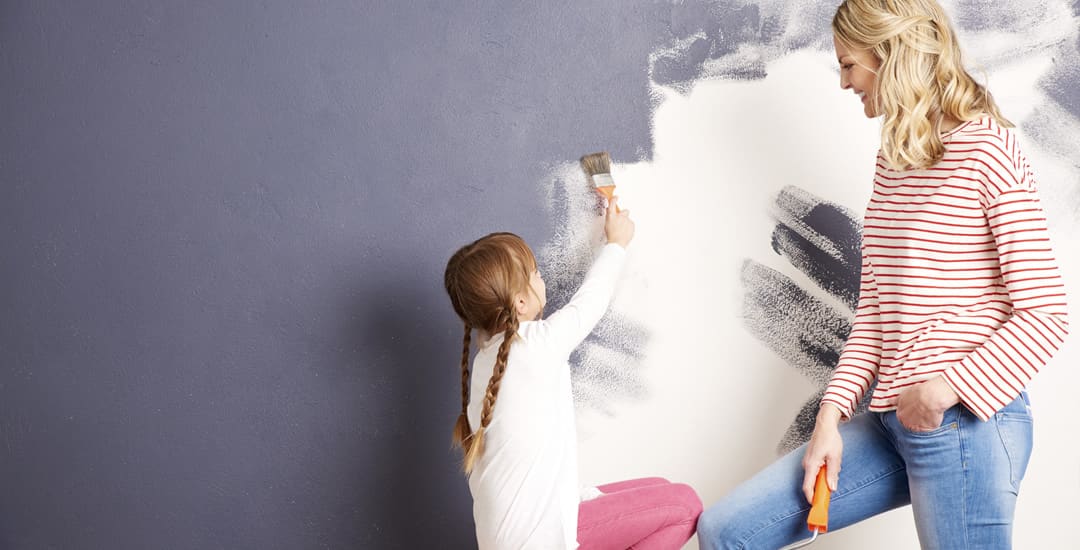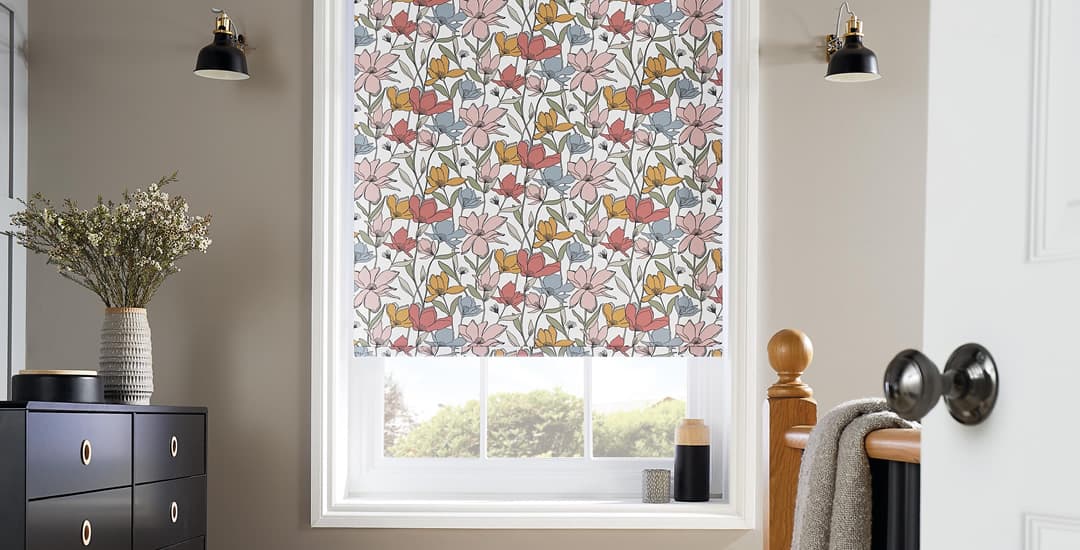
How can I decorate my home on a low budget? Knowing what your budget is and also the costs and/or price scales of the various things you need to buy with it is the key to this.
Unless you’re a Kardashian, the chances are that decorating or redecorating your home will come with some degree of budgetary limitation, although how acutely this applies can be really variable.
If you’re working with more of a supermarket own-brand baked beans budget than a Waitrose “Essentials” budget (spending north of £8 on parmesan cheese and £4 on 100g of smoked salmon not what one classes as “essential” around your manor? Peasant…) well, this blog post is largely aimed at you.
However, even if you’ve got a little more cash to splash, the chances are that you’ll still find some tips and guidance here in terms of how to set a decorating budget and the sort of things that you might need to factor in and/or where you can compromise to keep costs down successfully and where not.
So, how can I decorate my home on a low budget? Well, decorating on a shoestring budget means calculating or setting your budget first, and then working out how to apportion that spend. Read on to find out how to begin.
Decorating on a shoestring budget means setting/knowing your budget first
Before you buy a single thing or even really plan what you want to get or achieve from your decorating project, you need to determine your total budget.
This might be a known and inflexible figure that you simply can’t go over, or it might involve working out the approximate costs of all of the things you will need, the pricing scale they fall along, what you can and probably shouldn’t aim to buy more cheaply, and totting it up with a small additional margin for error.
Either way, setting a budget before you begin planning your design will allow you to work out what you can afford and the lines your spending will be split along, and you need to do this before you even start looking at what to buy.
But how can I decorate my home on a low budget when I don’t know how much the things I need will cost? By getting a broad idea of pricing norms, which you will need to establish before you can decide where it will be worth splashing out a little more, and where you might want or need to make compromises.
How can I decorate my home on a low budget without compromising on what I really want?

You need to learn to prioritise, in terms of determining where a potential cost saving might affect quality or functionality (and so, isn’t worth it overall) and also, by deciding what individual elements of what you want to achieve are the most important aesthetically, allowing you to prioritise your spend and make savings in other areas to support this.
For instance, the price differences between say, different types of carpets (or carpet and hard flooring) can be significant.
The same is true for window dressings, such as for different types of blinds. Roman blinds tend to fall towards the top end of the price spectrum, and if you find that you just can’t justify the price of the Roman blinds you initially wanted, you might want to look lower down the pricing hierarchy at far more economically priced roller blinds instead.
These come in a huge range of colours, patterns, and styles (including some very luxurious and sophisticated-looking ones) which would allow you to save a meaningful chunk of cash while still achieving the sort of end result you’re looking for.
This is a good example of one way to cut costs (potentially significantly) without either compromising on functionality or having to sacrifice the aesthetic result you want to achieve in a big way.
Looking alternatively at how to ensure you don’t fall into the trap of compromising on quality/functionality in order to save money and inadvertently end up costing yourself more in the long run or ending up with something not fit for purpose, I’m going to use another blinds-based example:
One area that’s really not worth cutting costs on is by choosing readymade blinds instead of made-to-measure, unless you redecorate or replace your window dressings every couple of years. Made-to-measure blinds do cost more than readymade (but often not by much) but are a designed to last from 10-20 years, compared to the average lifespan of 1-2 years for readymade blinds for reasons I’ve covered in great detail here.

Wallpaper is another big area where you tend to have a lot of variability in pricing between ranges; and the cost of any good quality wallpaper like-for-like tends to be many times higher than that of painting instead.
You also need other equipment and vitally, skills to wallpaper in a tidy manner, this latter of which should not be overlooked, particularly if this would mean the need to hire someone in if you have your heart set on wallpaper but your level of competence is apparently set on sticking you and everything else but the paper itself to the wall instead.
Paint, on the other hand, can be applied by almost anyone as long as you plan and prep properly, and even higher-end paints tend to be very economical compared to wallpapering.
A middle-ground option too would be to have one wallpapered feature wall if you wish, or if you’re moderately DIY-savvy, to put up a dado rail with wallpaper above it and paint below, to lower costs but maintain perhaps an even more impressive end result than wallpapering alone!
Furniture is a whole area of its own; with options ranging from high-end retailers and bespoke-made, to chain store/mass-produced, to vintage/antique, and second hand. This means that even if you’re decorating on a shoestring budget and cannot make do or improve the furniture you already have, you should still be able to find the right fit if you are enterprising about it!
The same applies to white goods and electricals; look to manufacturer refurbished, slight seconds, customer returns, second hand, and charity shops that sell tested and approved used homewares too.
These are just a few ideas/areas to look at working on if you’re trying to keep costs down, and more or less any area of the home or individual purchase you need to make will come with plenty of potential alternative options to lower costs too.
How can I decorate my home on a low budget if I can literally only afford a couple of things?

In my opinion, the five cheapest or most cost-effective ways to make a big impact or change to the appearance of a room without a corresponding high spend to go with it are:
- Repainting it.
- Replacing curtains for blinds or getting new blinds.
- Getting new cushions, throws, and other fabric goods for your lounge suite, or new bedding sets for your beds.
- Adding some plants and greenery.
- Changing your pictures, paintings, or artwork, or adding some to the walls.
If you’ve got another tip or pearl of wisdom to pass on about decorating with a low budget, please share it with me in the comments and if it’s a good’un I will add it!




